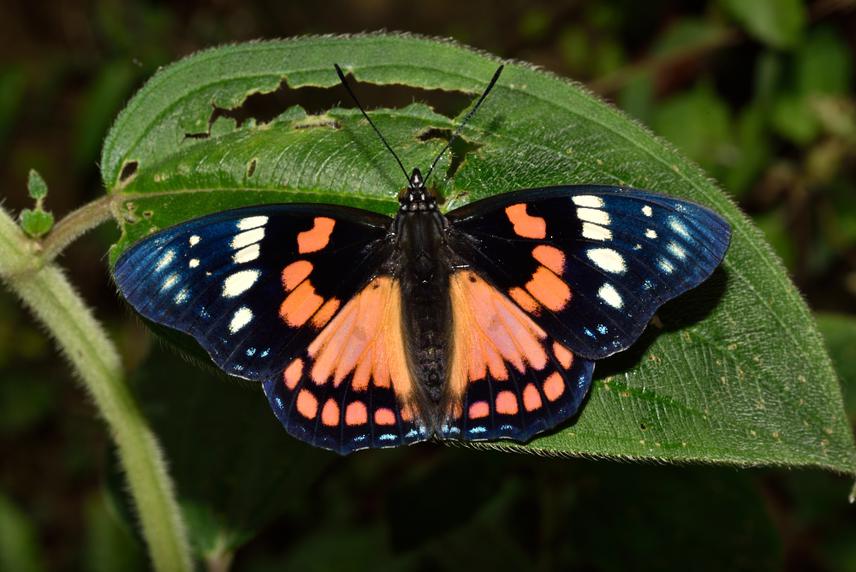Sanjay Sondhi
Other projects
26 Apr 2010
A Lepidoptera Survey to Augment an Ongoing Community Ecotourism Initiative in Eaglenest Sanctuary, Arunachal Pradesh
The project's first phase, supported by an RSG, generated information about lepidopteran diversity in the Kameng Protected Area Complex in Arunachal Pradesh providing crucial information that is being used to initiate butterfly and moth-based ecotourism at Eaglenest WLS. This project seeks to continue leptidopteran surveys in seasons and localities not yet covered in the first phase to generate species data in a poorly a studied biodiversity hot spot, to sustain the butterfly and moth tourism at Eaglenest, expand it to Pakke Tiger Reserve and build the capability of the local communities in both locations to sustain the ecotourism initiative.

The Kameng Protected Area Complex in Western Arunachal Pradesh spans 3,500 sq. km. over three protected areas-Eaglenest WLS, Sessa Orchid WLS and Pakke Tiger Reserve.
At Eaglenest Wildlife Sanctuary, bird tourism, successfully initiated through a RSG funded project (2003-2006) by Ramana Athreya, contributes significant revenues to the local economy. The local tribe, the Buguns, supports this community-based ecotourism effort, and it provides them with a significant incentive to conserve. However, bird tourism is conducted primarily between November to April. Data from the first RSG lepidopteran project showed that the peak seasons for Lepidopteran activity are April to June and September to October, thereby complementing the bird tourism season.
At Pakke Tiger Reserve, the Nyishi tribe forms a significant part of the local community. A community-based ecotourism venture has just taken root at Pakke in collaboration with the Ghora-Aabhey Society, the Forest Department and Help Tourism, with the physical infrastructure to conduct tourism having been established a few months ago. Using the lepidopteran data generated during the first phase of the RSG grant, it is intended to initiate community-based butterfly and moth tourism at Pakke.
Successful leptidopteran nature tourism will provide an additional economic incentive to the local community to conserve the area’s biodiversity by extending the tourism season at Eaglenest and establishing nature tourism at Pakke.
In additional, additional species and population data for butterflies and moths will add to our knowledge of lepidopteran fauna of the region and provide a baseline to assess the impact of climate change in the future. Despite recording 390 butterfly species, and 1,200 moth species during the first phase of the RSG project, based on the current species accumulation curve, it is believed that the actual species count could be at least significantly higher for both these faunal groups, necessitating continued surveys. Significant new findings from the area include a Gonepteryx species, which is a first record for India and Ludlow’s Bhutan Glory Bhutanitis ludlowi, which was recorded from the area-only the second known locality after Bhutan, from where it was originally described.